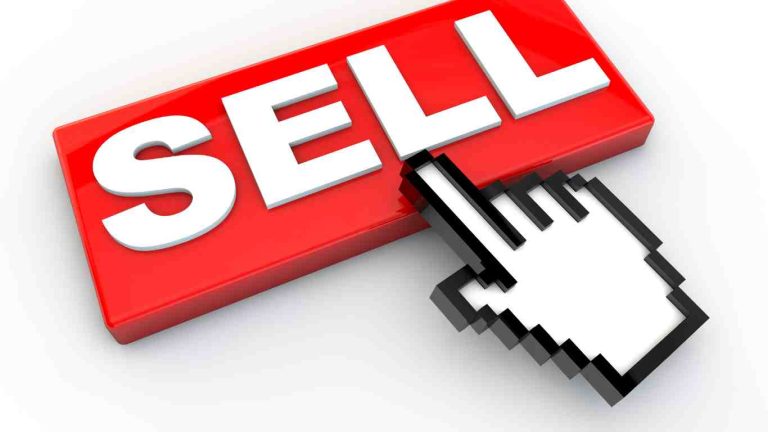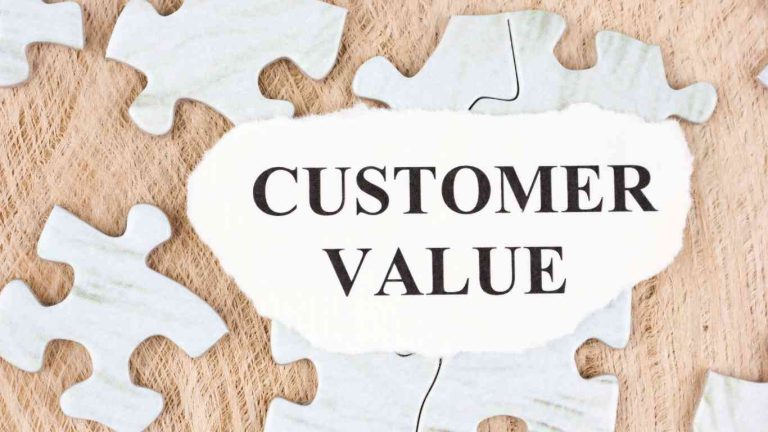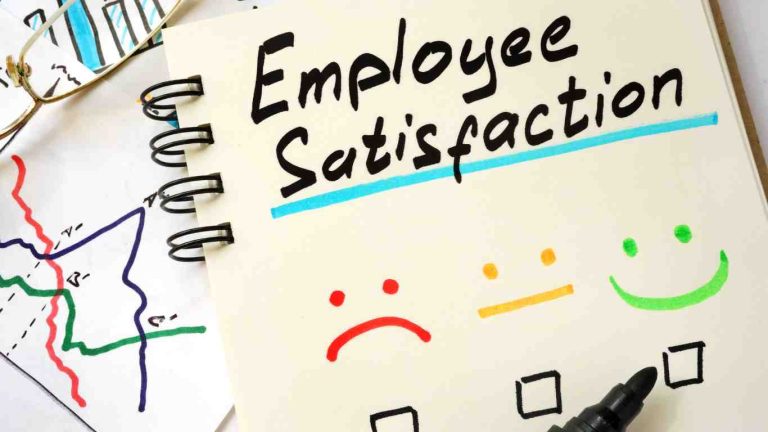Steps to maximise profits and minimise losses in my business
Profitability is a measure of a company’s ability to generate the maximum revenue while incurring minimal costs. Usually, profit goes up as sales increase and/or costs decrease.
In reality, though, achieving profitability is anything but simple. Because sales and costs are not necessarily incremental, focusing too much on increasing your sales could leave you at risk if there is a sudden, unforeseen decrease in demand. And cutting costs by bringing in lower-quality materials could lose you customers.
Given that, business owners have a perennial, burning question: How do you maximize the profits in your business?
For this article, we’ll focus specifically on two topics: What does it mean, exactly, to maximize profit? And how can we also increase resilience and customer satisfaction?
Assess and Reduce Operating Costs
Operating expenses, commonly referred to as OPEX or overheads, are the costs associated with running a business. Operating expenses include rent; utilities; equipment and stock; marketing and advertising; research & development (R&D); selling, general and administrative (SG&A); and payroll.
OPEX does not include those costs directly associated with product production or the delivery of your services — these are accounted for in cost of goods sold (COGS) also known as Direct Costs or, for big-ticket items like buildings or machinery, capital expenditures.
When companies need to cut costs, OPEX or Overheads is often the first place they look because these expenses are not directly related to production. However, if done pre-emptively or unwisely, OPEX cuts can have long-term negative effects on the business. Your management team must review all reductions and understand how a decrease in, for example, advertising and marketing will impact sales in six, 12 and 18 months. Likewise, slash R&D today and you may end up with no new products to release 12 or 24 months from now.
Adjust Your Pricing/Cost of Goods Sold (COGS)
Cost of goods sold (COGS) are the direct costs associated with making a product or delivering a service—mainly raw materials and labour costs. It’s critical that COGS is calculated accurately and kept as consistent as possible so that products or services can be priced correctly.

To achieve this, companies must define, track and price the time and material resources needed to complete each build/ project. By standardizing the manufacturing or delivery process, you should be able to accurately anticipate true costs and avoid large discrepancies from one build to the next—thus standardizing COGS.
Although COGS may be decreased immediately by decreasing labour costs or by substituting less-expensive components or raw materials, again, as with OPEX, consider the long-term implications: Will your production speed or product quality suffer as a result?
Review Your Product Portfolio and Pricing
Related to both of the above items, it’s important to understand the true unit margins for each product in your portfolio and update that information regularly.
A good rule of thumb: Before adding a new offering, review your current portfolio. Are products underperforming? Do you have difficult-to-produce items that are eating away at your margins, time and money? Would a price decrease of your highest-margin products increase sales? At the same time, don’t be afraid to discontinue products with the lowest margins, or raise their prices.

Up-sell, Cross-sell, Resell
It’s expensive to acquire new customers, popular myth has it that it costs 5-7 times more to acquire a new customer than to retain an old one. Instead, smart companies know that one of the best ways to increase sales is by introducing current customers to additional products, via upselling, cross-selling and reselling.
Make sure all your sales people are trained in upselling techniques and know how to approach the conversation without being pushy and turning the customer off from the purchase altogether. Use an informative/educational approach and explain how premium features add benefits that could help the customer. Clear comparisons, perhaps in a grid or informative graphic, are helpful for educating consumers on the features and benefits of various available models.
Cross-selling is also an easy way to increase a current customer’s consumption of products. Consider promotions to introduce customers to additional products, especially new ones—think a free bottle of shampoo with the hairspray they’ve come in to buy. Cross-selling can also be successful without a special promotion, or discount, simply with a recommendation from the sales rep that items pair well together, as in: “I brought this top for you to try with those trousers.” Finally, consider cross-selling by automatically promoting personalized options based on items in a customer’s online cart.
Finally, reselling is one way many companies are generating additional revenue from existing products. By offering a resell program, customers can donate (or sell back) merchandise they no longer want but that is still in good condition. With some minor refurbishing and cleaning, this merchandise can often be resold, increasing your profitability and decreasing waste of unwanted items.
Increase Customer Lifetime Value
Aka: Never underestimate the power of happy clients. Understanding your customers and delivering consistently excellent experiences is perhaps the most cost-effective way to increase loyalty and acquire new customers via referrals.

You can show appreciation for your existing customers, increase their lifetime value, deliver new leads and boost your profits. How? Consider:
Incentives:
Offer personalized promotions of products a current customer has expressed interest in, plus a code to share with friends or family.
Encourage referrals:
Launch a referral programme that rewards customers for recommending your product or service.
Recommendations and reviews:
Incentivize customers to review and promote their favourite products on social-media platforms. After all, the best advertising is free advertising.
Customer retention:
Today, experiences are paramount to consumers. Interactions with a company can trigger an immediate and lasting effect on their sense of trust and loyalty. Value, reliable service and quality products will always be important, but experience and connection are what set a company apart in highly competitive markets.
Lower Your Overheads
How can profitability be improved in manufacturing? Often, the fastest way to higher margins here is negotiating better terms with your suppliers to lower COGS. If you’re using more than one supplier to deliver the same component, consider economies of scale: If you increase your order incrementally with one provider while decreasing incrementally with the others, could you capitalize on a price break?
For example, say you purchase 21,000 bottle tops every month, and you have three suppliers. To ensure a resilient supply chain, you place an order for 7,000 from each. But supplier A offers 20% off if you purchase 10,000 or more units. By increasing your order to supplier A by 3,000 and decreasing by 1,500 from B and C, you’ve saved 10%.
Likewise, look across your portfolio: Have you started purchasing additional products from one of your existing suppliers? If so, have you renegotiated at each step and asked for discounts?

Review Your Demand Forecasts
If you have more components or raw material stock than demand, you’ll end up spending to store it, or worse, it could expire and need to be replaced. But if you don’t have enough, you’ll pay for rush orders and expedited shipping—both of which increase COGS.
And, did you know that in 2019, shoppers in the U.S. returned merchandise worth more than $300 billion, with a significant chunk of those items ending up back in the hands of distributors? Make sure you have a plan to extract maximum revenue from returned items.
The ability to accurately predict required stock based on historical demand, seasonality or sales forecasts helps mitigate both of these problems.
Sell Off Old Stock
In a related problem, say you make a promotional or seasonal product, it doesn’t sell as expected, and you’re left with obsolete stock. Each day, this stock sits in your warehouse, taking up space that could be used to store goods that are high movers and yield a tidy profit.
First, try to sell that obsolete stock. Options include third-party retailers, such as Amazon or eBay, discounting or outlets and reverse-logistics vendors. Barring that, consider donating items for a tax write-off. Deciding which path to take depends on factors including the costs of transportation, inspection and restocking.
Then, work out where things went wrong and how to avoid over-producing in the future.
Engage/Motivate Employees
Depending on your industry, one innovative way to engage workers is to enlist their help in reducing waste. This is also a way to introduce a corporate social responsibility project while saving money.

Your employees are the experts on the most efficient ways to use materials, such as cut plans for fabrics. By collecting their insights and incorporating these ideas into the build process, you minimise waste, ensure the proper components are used such that the finished product is completed correctly and passes quality inspection and provide a way to give back to the environment and help with customer satisfaction.
Products that must be disassembled and fixed, or worse thrown out, increase labour costs and waste. The more specific you can be about which components to use, such as specifying the bin in which each is located or having the bin light up when staff are picking components, the more accurate your builds will be—and the greener your industry.
Increase Order Efficiency
Ensuring the correct product is sent to the customer the first time ensures satisfaction and maximises your profit. If an incorrect item is delivered, you will need to send the correct item, incur a second shipping charge—or a third for the original item if you want it returned—and incur staff costs to receive the returned item, inspect it and either repackage it to be put back on the shelf or absorb the cost and dispose of it.
Aside from being a hassle, the costs from incorrectly shipped items are 100% avoidable. When collecting those employee efficiency ideas, ask about how to get it right, every time.
Add Recurring Revenue
Recurring revenue is a great way to add consistency to sales. There are two main routes to increase monthly recurring revenue (MRR) or annual recurring revenue (ARR).
Added services to products
Think routine cleaning and maintenance for an additional fee—increase customer satisfaction by removing the burden of making sure upkeep is done on time, effortlessly.
Product subscriptions
Also simplify the customer experience through automatic fulfillment of routinely purchased items. Consider offering discounts on automatic refills of your most commonly purchased products
Use KPIs and Benchmark Regularly
Establishing benchmarks is key to evaluating your performance and enables continuous improvement. Reviewing KPIs regularly and addressing any outliers ensures problems are caught, and remedied, before major issues, and costs, arise.
I hope this has given you ideas for how to maximise your profit and avoid losses in your own business. If you need more help and advice on maximising profit growth, why not take a look at our NoLimits Community – become a member at any level and join our community.
By Justin Charlton-Jones

